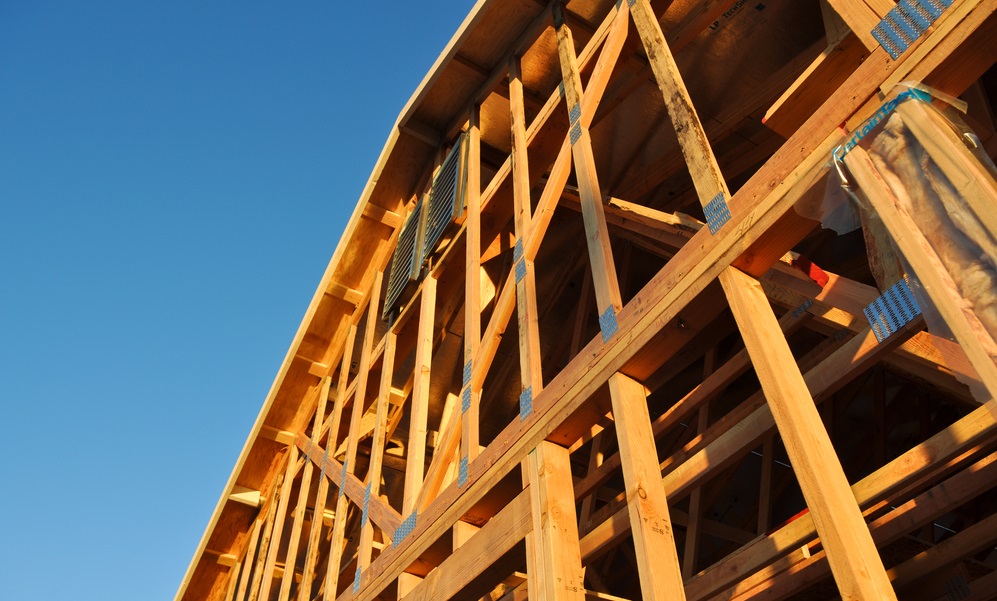Proposed changes to the building code will expand the use of mass timber to build taller buildings and to make stronger communities in British Columbia, Canada.
These changes will allow buildings, such as schools, shopping centres and housing to be built faster, leading to a better environment and economy.
“These proposed mass timber building code changes align with our recent work to deliver more homes near transit hubs by allowing taller buildings and more sustainable housing options near transit,” said Ravi Kahlon, Minister of Housing. “These changes will also help reduce carbon pollution, support the forestry sector, create jobs, build more homes and lead to more vibrant, healthier communities.”
The proposed code changes to the British Columbia Building and Fire Codes (BC Codes 2024) would enable taller mass timber buildings, as many as 18 storeys for residential and office buildings, instead of the current 12-storey limit. The changes would also allow for more exposed mass timber or fewer layers of encapsulation in buildings, depending on a building’s height, and allow more building types, such as schools, shopping centres and industrial facilities, to be built using mass timber.
The proposed changes are posted for public comment on the Canadian Board for Harmonized Construction Codes website. After the comment period, the B.C. government will decide on what changes are ready to move forward and what changes, if any, need further technical analysis. Key changes are expected to be adopted as soon as spring 2024.
B.C. and Quebec spearheaded a joint task group to develop the proposed code changes on an accelerated timeline to expand mass timber in Canada. Once the public comment period is complete, a package of proposed code changes will be made available to provinces and territories to consider for adoption in their codes, and for future consideration for the national building codes. These proposed changes have also been reviewed by an expert technical advisory group made up of fire safety experts, regulators, engineering and building code experts from across Canada.
